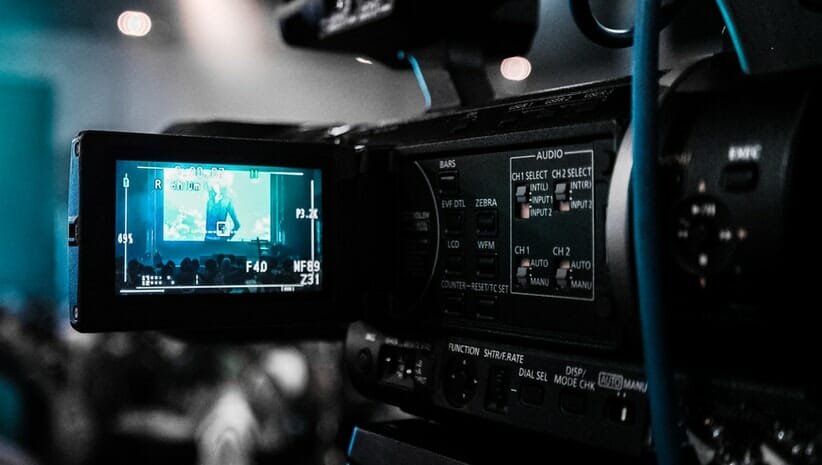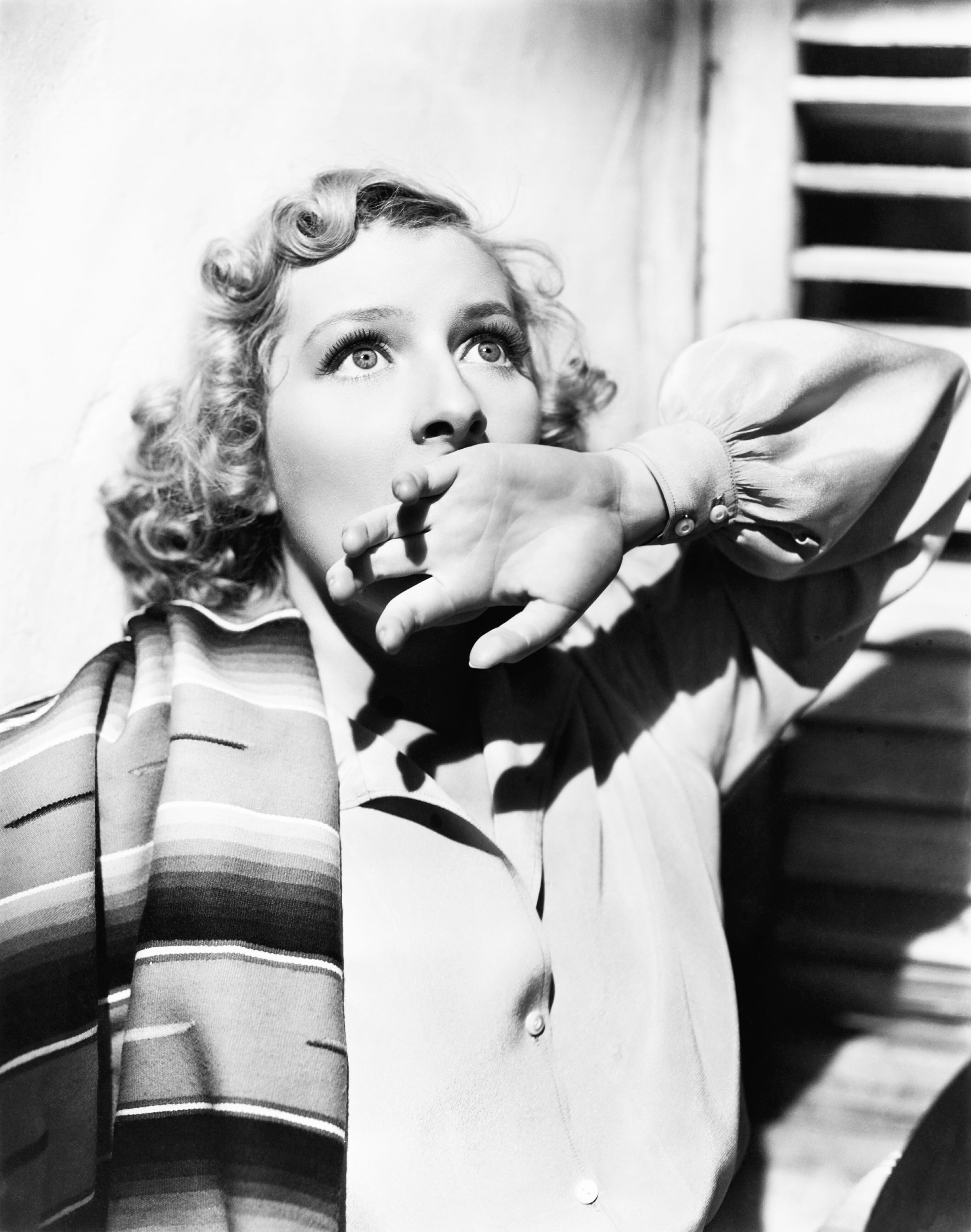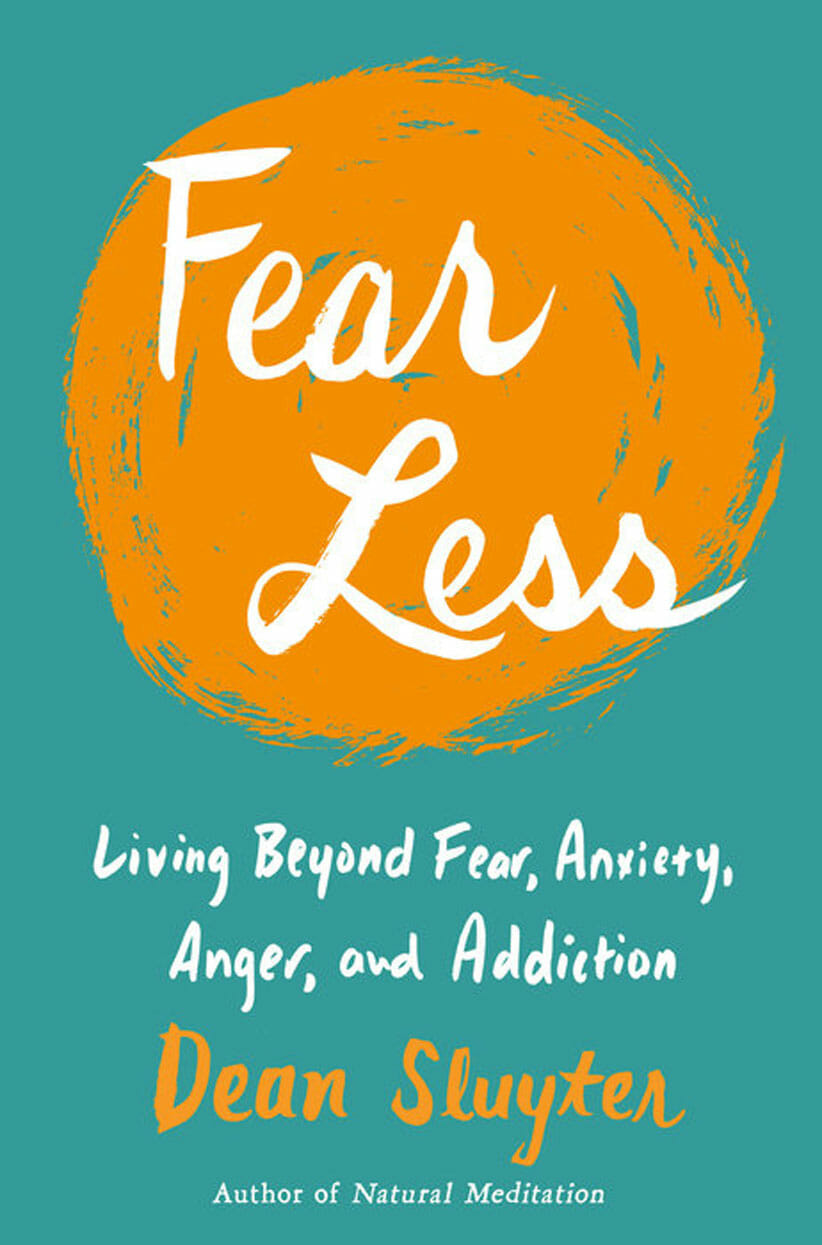
The Horror Film We Shoot in Our Minds
What makes a horror film horrifying? Of course, there’s the Thing lurking at the center of the film’s labyrinth: the monster, the slasher, the hungry alien, the nightmare clown, the live organ harvesting mill disguised as a daycare center. But, especially early in the film, before we encounter the Thing, situations that seem normal on their face must give us a creeping feeling that, “Ummmmm … wait a minute … something’s wrong.”
How is that done? What special herbs and spices do filmmakers sprinkle onto a sunny day at the playground to create mounting anxiety and fear? With so much anxiety and fear in our own lives these days, that’s a question worth asking. Sure, scary things are happening in the world, but maybe we’ve been adding some herbs and spices of our own. And maybe by analyzing the filmmakers’ fear-generating tricks we can see how we trick ourselves into fear — and then stop doing it.
The enlightened sages tell us that, no matter how messy the world may be, you don’t have to become a mess yourself. There’s a deepest place within you that’s mess-resistant, a place that always feels like Ahhhhhhh!, and by dropping out of fear, dropping into that place, and then acting from there, you can deal with the world most effectively.
Recognizing The Filmmakers’ Tricks
The filmmakers’ tricks are so familiar that, when they’re parodied in a film like Young Frankenstein or the Scary Movie series, we recognize them instantly. You’ve known the spookiest of spooky lighting angles ever since that summer night when your camp counselor held a flashlight under her chin to tell a ghost story.
Horror films make heavy use of that same low lighting angle, as well as low camera angles that make the monster look more monstrous, distorted by foreshortening as we look up toward his nostrils. They also make him look bigger, dominating the frame so that all we see is Godzilla and the sky behind. As the terrified citizens flee, they get the opposite treatment, shot from a high angle to make them look smaller and more vulnerable, pinned to the ground like helpless insects.

In fact, the higher the camera angle, the more helpless the subject. A textbook example is Alfred Hitchcock’s Psycho, when Martin Balsam as the doomed Detective Arbogast steps cautiously into the Bates Motel, hat in hand, to nose about. As he pads silently up the stairs toward Mother Bates’s room, the camera gazes down on him, pulling steadily back to stay always a few steps ahead. Clearly, this guy’s cooked. Just as he reaches the upper landing, we cut to an even more fateful shot, from directly overhead, and Mother rushes out to slice him up.
Where We Begin to Undirect Our Own Horror Film
What are the equivalents in our own inner horror film? We can find some hints in our language. We speak of seeing things “in a different light” or “from another angle,” of “looking down” on people or “looking up” at them. This should tell us that what we usually regard as the facts of the matter (“That’s life,” we shrug, “it is what it is”) may not be the whole story.
But to start breaking out of our old patterns, to undirect our old film, we don’t need to start directing a new one. Suddenly cranking up the lights and trying to reshoot Dracula as The Sound of Music usually doesn’t work. It usually does result in a kind of superficial, trying-too-hard, everything’s-groovy spirituality that, like anything inauthentic, soon breaks down.
Understanding Our Subjective Points of View
But if we simply recognize that our supposedly objective view of things is actually subjective — that it’s just a view — we naturally start to loosen our grip on it, and sometimes that’s enough. Then we know it’s not absolute, and the space of freedom starts to open up. If, for example, you’ve been feeling defeated by your employment situation or your romantic situation or the political situation, it’s easy to slip into fatalism and depression, to assume that being stuck is just the way things are. That’s a high-angle shot that keeps you helpless.
Perhaps you can switch to a low-angle shot, with its enlarging effect, and now you’re like young Steve McQueen in The Blob, taking charge, taking your heroic stand, big enough to go mano a mano with your monster. But if that doesn’t feel genuine, just clearly see your old, self-defeating high angle, see that you’re the one who’s been aiming the camera, and it will start to deconstruct on its own.
Are you Seeing the World in Black and White?
Here’s another hint from our language: Are you seeing a situation in black and white? Black-and-white cinematography is the natural fit not only for horror, but for gritty urban drama, film noir, and any other genre that wants to avoid too much cheerfulness. Why? Because color is pretty. When we allow ourselves, say, to fixate on a personal problem or to obsess about the news, things become black and white, dark vs. bright, and dark usually seems on the verge of winning. Will your stocks survive the next crash or will you be spending your retirement as a Walmart greeter? Will your biopsy tell you that you’re out of the woods or that you need chemo? Who will prevail in the upcoming elections?
Sure, these questions demand our attention (and practical response), but if we fixate on their black/white dualities we lose the colors of the present moment. We won’t stop to smell the roses unless we see them in front of us.
The Power of our Internal Soundtrack to Affect Anxiety
Music is, of course, crucial to a horror film’s effect, and here too we have our inner equivalent. In Get Out, the run-up to the revelation of the sinister conspiracy against black people is set in the sun-drenched countryside and a gracious home full of smiling white liberals. On the surface, everything looks fine. But beneath the surface, layered African voices sing in Swahili, “Brother, run! Listen to the elders! Listen to the truth! Run away! Save yourself!” Even though we don’t understand the words, we feel the preverbal power of their ominous warning.
And decades after we first saw Psycho or Jaws, many of us will still signal doom by mimicking the insistent bass figure — Ba-dum! Ba-dum! — that means the shark is attacking, or the repeated, screeching violin note — Eek! Eek! Eek! Eek! — that means Mother Bates is at it again.
Our inner music, which colors how we experience our life the way a musical score colors how we experience a film’s plot points, is what’s known as feelings. As you confront a challenge, you can color it with dread and you’ll see it as dangerous, dreadful; if you color it with excitement, you’ll see it as an exciting opportunity.
Most people, if made to take a math test or do karaoke singing in front of an audience, will report feeling anxiety. But Harvard researchers, noting that anxiety and excitement are both arousal states with similar fight-or-flight symptoms (dry mouth, tight throat, pounding pulse), have found that saying “I’m excited!” just before diving into the task reframes the experience as excitement. Anxiety drops away and performance improves.
Recognizing how our Inner Emotional Music can Reduce Anxiety
Of course, a good film score exerts its effect mainly by being subliminal, and so does our inner emotional music. Again, the crucial step is recognition. We need to notice the feelings themselves, distinct from the mental stories we associate with them. Like those arousal symptoms studied at Harvard, they’re not abstractions but physical sensations. They may be subtle, so pay attention.
Perhaps you’ll notice that joy feels like a tingly effervescence around your cranium or chest, or that depression feels like a heavy sky pressing down on the top of your head. Whatever it is, don’t try to change it, and definitely don’t try to suppress it. Just clearly notice the sensations, notice that they’re only sensations, and then part of you, the part doing the noticing, is already free.
Hitchcock himself, having mastered the art of manipulating audiences with these cinematic techniques, may have intuited what can happen when we’re liberated from such manipulation — and from self-manipulation.
An interviewer once asked Hitchcock what his idea of happiness was, and he responded, “A clear horizon.” That’s about as good a description as I’ve ever heard of the wonderful sense of sparkling clarity and natural boundlessness that we wake into when we stop scaring ourselves. You’ve tried Boo! Now try Ahhhhhhh!
Celebrate Fear Less with Author Dean Sluyter
Celebrate the publication of Fear Less by author and meditation teacher Dean Sluyter at Diesel Bookstore in Brentwood on Tuesday, March 20 from 6:30-7:30pm. Free.
Fear Less: Living Beyond Fear, Anxiety, and Addiction
Read LA YOGA’s review of Dean Sluyter’s book Fear Less.

Dean Sluyter (DeanWords.com) teaches meditation in Santa Monica and leads workshops throughout the United States and beyond. His latest book is Fear Less: Living Beyond Fear, Anxiety, Anger, and Addiction.
